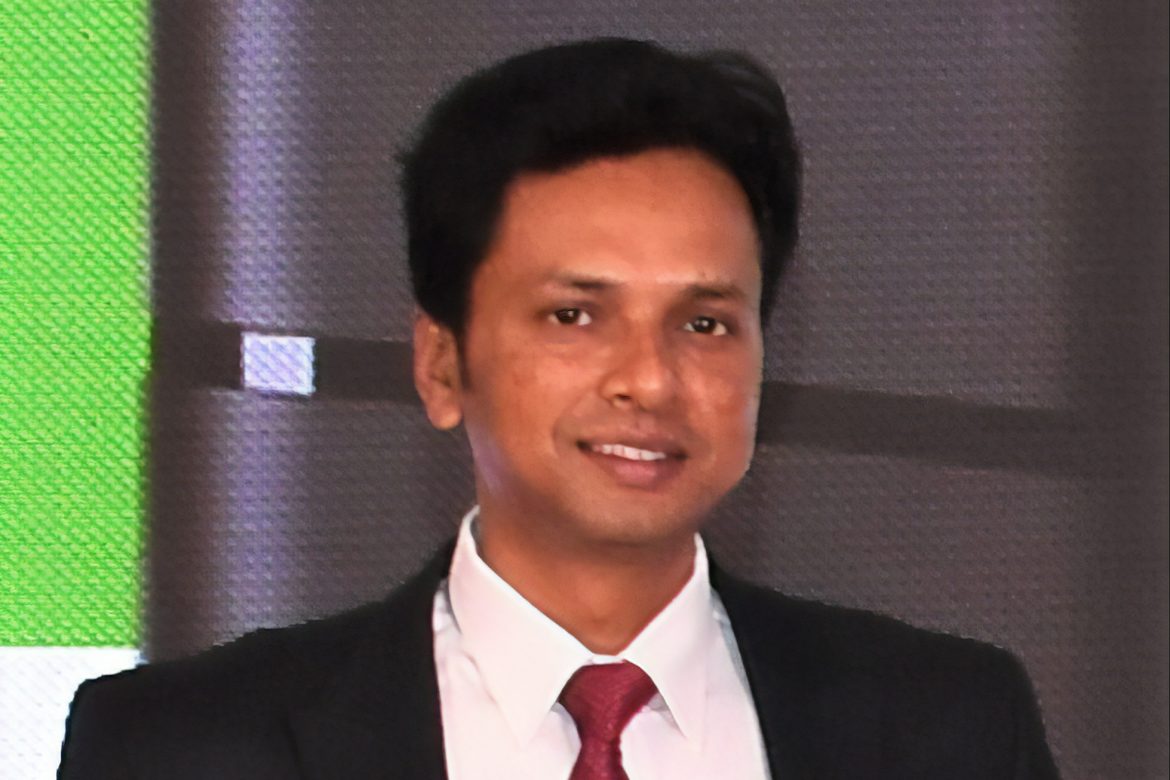When we talk about HumanTech it consists of two words – Human and Technology.
On one hand its easy to define human but technology is hard. If we see the history of humankind, it has adopted technology to make work much easy and fast. We find that in pre-historic period human adopted fire, Wheel and stone tools, in 3000 BC writing, in 1698 steam engine, in 1823 telegraph and so on. The internet in 1969 and mobile technology in 1990, these are some significant technological adoption by humans. The acceleration really occurred 5000 years ago when writing was invented.
What is the real importance of all these – lies in the answer of technology being adopted and many being rejected. The successful technologies have really been based out of human needs and values at personal, family, societal and organizational level. They adopted the functionality to fulfill these needs and values, the combination of application of technology and human led the foundation of HumanTech.
The recent pandemic situation has given a jolt to complete humankind across the globe and cross territories. Under the current scenario we are witnessing a greater degree of human being on the technology designed for their day to day needs. It is the need of the time to have contact-less solutions and lesser dependency on human helps in day to day chores. These technologies must be adaptive and engaging and should consider that human needs and values varies across cultures and regions.
Is India Ready for HumanTech?
Answer is Yes. To validate this, I will take example of consumer technology and smart appliances. Since the pandemic knocked the door of India we have witnessed, lesser dependency on human house helps and acute supplies of same. Under the situation when mostly people were under lockdown or work from home, there was a great need of solutions which will provide them the ease of doing things faster and better. The spike in the sale of robotic vacuum cleaners, dishwashers and other appliances proved that how the adoptability of HumanTech have increased and Indians are ready adopt. It was an unprecedented demand, this also shows that a large segment of people in India were aware about these technologies and products but haven’t owned it: may be because they were happy with the helps they had or they didn’t wanted to change their behavior of doing things. With this sudden crisis, the available technological products and solutions crossing their beachhead segment audience and have reached the early adopters in the diffusion of technology cycle.
But the question now is that how these humantech will reach to next level of Indian consumers or early majority. What requires to be done on technology side and what on the easy to adopt side? The answer is that how the technology is leveraged to give the best solution to the human needs without asking to change the consumer behavior too much. It also means that the technology need not be defined as more features but more it terms of enhancing the consumer experience in real time. Technology will always be a catalyst and will play an important role in defining the humantech.
A very real example of above is the iRobot products, their floor cleaning robots – Roomba and Braava. Primarily these are floor cleaning robots but to enhance the consumer experience they have gone a step ahead and with the use of their iRobot Genius technology, are giving an enhanced experience to the user. Its like asking someone to clean below the dining table after having dinner, can be programmed on the user-friendly app. These features are being provided to enhance the experience that we get on a day to day basis, in India we have habits to clean kitchen and dinning table as soon as we are done. To give you same experience the technology is being used to develop the new app based on social and behavioral pattern. On your single voice command, it will clean the desired mapped area.
The future holds more and humantech adaptation across the world and in India too. With big data, robotics, IOT and ecosystem of smart appliances and devices in place the new models will be developed further on basis the past learnings, cognitive human advancements, impact on current social arrangements and most important the degree of change required in the consumer behavior. One thing to be learned, higher the degree of change required more will be the resistance from adopting it, no matter how best the technology is. It has to aim at health and well-being, life-long employability and sustainable social and easy to experience solution.
Authored By
Mr Pulak Satish Kumar, Director,COO, Puresight Systems Pvt. Ltd. (Official Distributor of iRobot products in India)


